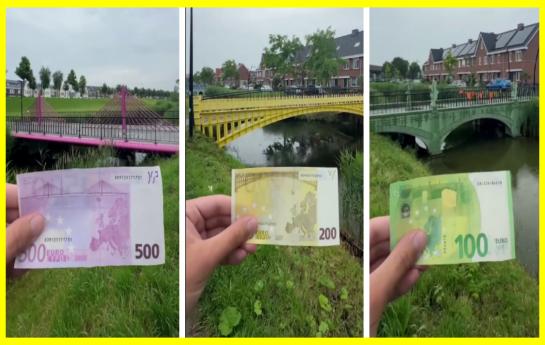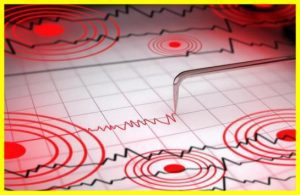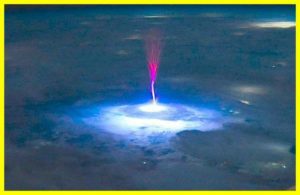Where are the bridges depicted on euro banknotes?
The bridges depicted on euro banknotes were originally fictional.
The designers intentionally created unrealistic bridges to avoid favoring any EU country.
This decision was due to the fact that there are more countries in the eurozone than banknote denominations.
And choosing real bridges or other architectural analogies could have led to controversy and dissatisfaction.
Each of the seven banknote denominations (5, 10, 20, 50, 100, 200 and 500 euros) depicts bridges from different architectural eras.
Starting with antiquity on the €5 banknote and ending with modern architecture on the €500 banknote.
The bridges thus symbolize the progress and development of Europe through the centuries.
The main idea was to symbolize the unity and cooperation of the countries of Europe.
Bridges, as a metaphor for the links between peoples and cultures, were ideal for this idea.
In 2013, in Speikenisse, near Rotterdam in the Netherlands, architect Rob Bost completed a euro banknote style bridges project.
This project of built bridges has become a popular attraction.





















